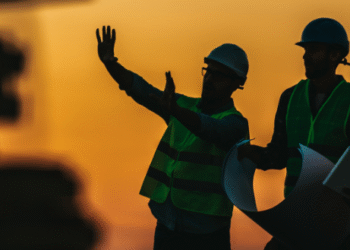In this clip from the Digital Construction Hub’s webinar on ’10 technologies disrupting construction’, we focus on mixed reality (augmented and virtual reality) and its links with construction sequencing (4D BIM).
Augmented reality (AR) allows for a conceptual design to be overlaid onto an existing surface. Awareness about the technology is increasing and as prices fall, its use will grow among design and development teams, allowing them to better understand how a building will look and interact with the environment in which it is cited, along with any impact from changes that may be made. At the other end of the development process, its use is also rising among sales and marketing departments that want potential customers to get a better, and real-world, picture of what they are potentially buying.
“A potential buyer can go to the existing site and use the AR tools to visualise how this new space is going to interact with its environment,” said Wissam Hijazi, Director VDC, Middle East at EllisDon.
4D BIM – construction sequencing – is becoming a critical tool for contractors and developers. Where initially it was used to create animations that would show how a project could be developed it is becoming an increasingly useful tool during the construction process, for instance to show the as-built status of a project or to control site deliveries.
“If you are on a site that is very constrained and it doesn’t have areas to allow for materials storage you [need] things arriving on-site at exactly the right time to be installed, explained Craig Garrett, Head of the Digital Advancement Academy at Bentley.” An example of this in action was for the 3D printed Museum of the Future in Dubai, where the site size and location meant construction sequencing was important to ensure materials were available and accessible.














